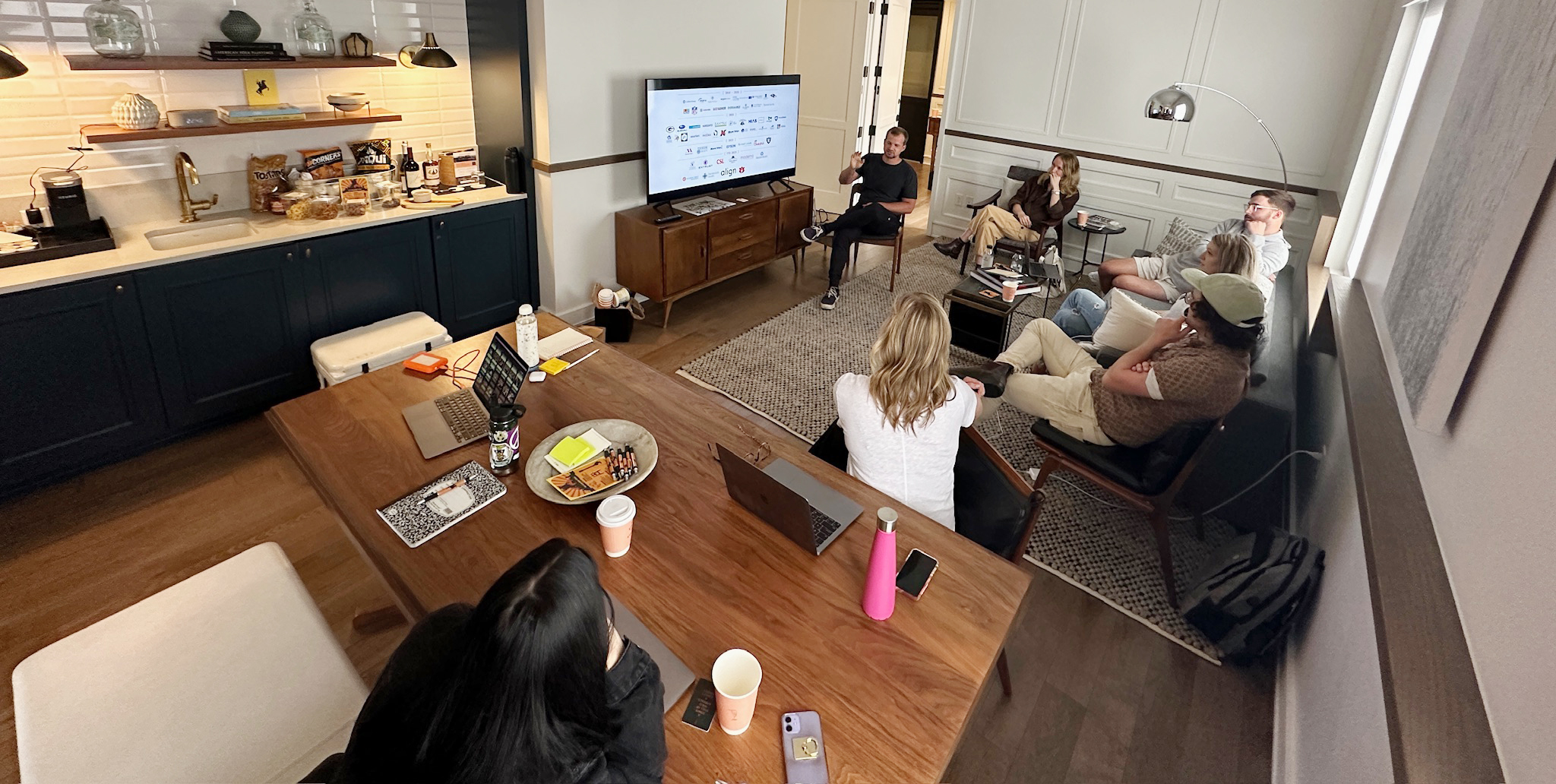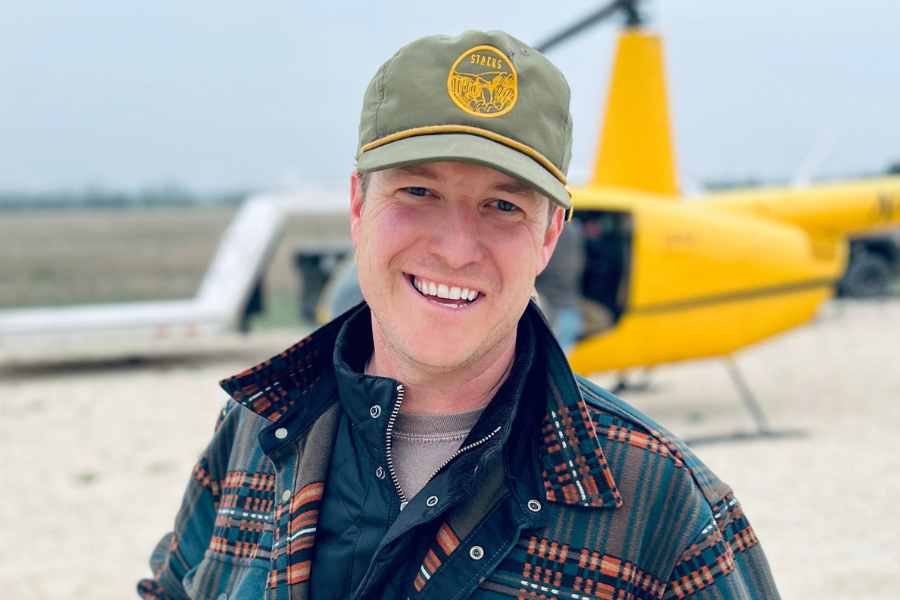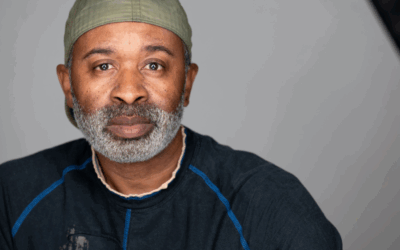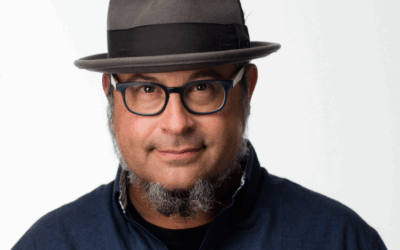In the world of digital asset management (DAM), few journeys are as captivating as Casey Templeton’s. From an award-winning photographer to the founder of Stacks, Casey’s transition is a story of resilience, innovation, and a relentless drive to empower creative teams. We had the pleasure of speaking with Casey about his journey, the challenges he faced, and the vision behind Stacks.
“Too often small business owners focus only on their craft and lose sight of customer service. Something I prioritize both in my photography business and with Stacks is showing gratitude.”
1. Could you share the journey that led you from being an award-winning photographer to founding Stacks? Was there a pivotal moment that inspired this transition?
I’ve been a professional photographer since I was 16 years old. Post-college, I worked at National Geographic as one of two photo interns focused on commercial/advertising photography. In late 2016, doctors discovered I had a connective tissue disorder that caused aneurysms all over my body, a larger one on my aorta resulted in open heart surgery. My eyesight was significantly impacted because the connective tissue around my eyes was failing. Despite continuing to work as a professional photographer, I realized that a long-term career in high-end commercial photography might not be possible for me.
Around the same time, I noticed that several of my Fortune 500 clients were frequently downloading images directly from my personal digital asset management (DAM) system instead of downloading them onto their own servers or their (often non-existent) DAM platform. I learned that they chose to use my site because it was the easiest way to navigate, search, and quickly find exactly what they needed. I asked a few of my photo clients if they would be interested in having their own DAM system, where they would have full control and access to all their creative assets, not just the ones I created. Some of my biggest clients responded with a resounding YES. As a result, I began providing DAM consulting and implementation services to them. After a few months, I enlisted the help of several contractors, which ultimately led to the official launch of Stacks in 2018. If you are interested in longer story check our website.
2. Stacks was founded with a mission to make digital asset management (DAM) easy and approachable. How do you see your company achieving this mission, and what sets your approach apart in the industry?
One of our four core values is “people first.” We lead our consultations, implementation projects, and ongoing management engagements with actual people in mind, not just technical processes. If a solution is difficult to understand, it will be hard to make it successful within an organization.

3. Transitioning from photography to leading a tech-driven company must have come with its challenges. Could you discuss some of these challenges and how you’ve overcome them?
While Stacks is evolving into a tech-driven company, we deliberately avoided going in this direction during our first five years. Similar to my approach to photography where I call myself “the least technical photographer,” at Stacks we wanted to make tech secondary to effective digital asset management. Our goal was to demonstrate to our clients that successful DAM was due to meticulous planning and flawless execution, not to purchasing and implementing sophisticated tech. We noticed that too many organizations were buying the Lamborghinis of DAM platforms and then metaphorically using them only for simple trips back and forth to the DAM grocery store.
We’ve recently begun investing in developing our own tech and staying HYPER-focused on meeting our clients’ specific requirements, not on what we think the industry needs.
4. How has your background in photography influenced the services and solutions Stacks offers? Are there principles from photography that you’ve found particularly valuable in digital asset management?
Too often small business owners focus only on their craft and lose sight of customer service. Something I prioritize both in my photography business and with Stacks is showing gratitude. Sending thank you notes and swag to people when they least expect it is one of our key differentiators.
One of my primary responsibilities at Stacks is cultivating our culture, not only internally but also externally. I’m constantly thinking of ways I can positively influence the reputation of Stacks within the industry. While we may never be the biggest or most sophisticated shop, we can strive to be the most respected.
5. You’ve expressed a passion for empowering creative teams. Could you share a success story where Stacks played a pivotal role?
Probably the best example of our work in this area is with Manscaped, the fun-loving and irreverent company that makes trimmers and shaving supplies. We view DAM as a program that grows, evolves, and changes with a business, and the team at Manscaped thinks the same way. Because of that, we’ve been able to effectively partner with them from the beginning of our relationship: helping them build, launch, and grow their DAM program year over year as the company expands globally. With a DAM program in place, growth is no longer scary for Manscaped’s creative team because it doesn’t mean adding more content to a disorganized pile of chaos. Now, their growth and increased content creation efforts are empowered by their DAM program that is supported by our team.
6. With digital media evolving rapidly, what future trends do you anticipate in digital asset management, and how is Stacks preparing for these changes?
The elephant in any business boardroom is AI. To us, AI equates to content generation which means there will be more and more content to manage. Rather than looking at AI as a threat, we’re embracing it as a tool to help our operations team and our clients. AI requires plenty of human oversight, but with the right expertise, it can be a great addition to a DAM program.
7. What advice would you offer to photographers or creatives looking to venture into entrepreneurship or develop tech-based solutions in their fields?
Listen to your customers. They’ll tell you what they need. If you see a gap in the user experience within your industry, see if you can help patch it. Often those patches lead to great businesses. Not every new venture creates something revolutionary; sometimes it just improves an existing experience. I’m passionate about helping other creatives and small business owners start and grow new businesses. You can follow along on my new podcast: Love Mondays Again.
8. Looking ahead, what are the next big steps or projects for Stacks that you’re particularly excited about?
We’re beginning to develop tech solutions in response to requests from our clients and partners. In many cases, the tech we’re focused on already exists but lacks a focus on enhancing the end-user experience. Stay tuned!
Final Thoughts
Reflecting on Casey Templeton’s journey, it’s clear that his passion for storytelling, customer service, and innovation has shaped Stacks into a company that not only meets but exceeds client expectations. His story is a testament to the power of resilience and the impact of thoughtful, user-centered design in the world of digital asset management. Whether navigating the challenges of a connective tissue disorder or the complexities of DAM, Casey’s commitment to excellence and empathy sets a powerful example for entrepreneurs and creatives alike.





